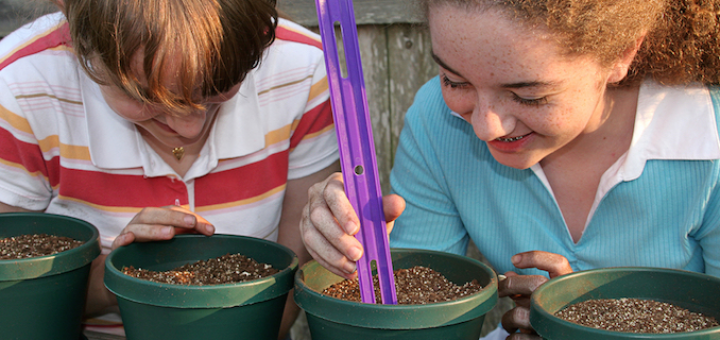Teaching and learning in grades 4-8
For Elizabeth Stein, the foundation that undergirds successful classrooms is student engagement. How do teachers measure the depth of their engagement and reinforce it? Stein shares ideas and resources about curiosity-building, effective feedback and more.
STEM courses don’t belong in silos. Anne Jolly recommends bringing science, technology, engineering and math together in class to help students understand how the disciplines work together in the real world. She includes questions to pose about your STEM program.
4th grade teacher and NFL fan Mary Tarashuk has been watching lots of football lately, prepping for the Super Bowl. Given her love of metaphors, it’s no surprise she finds some analogies between quarterbacks and teachers running plays in their classroom arenas.
The 3rd edition of Marcia Tate’s “Worksheets Don’t Grow Dendrites” continues to be a research based, easy to read book that is guaranteed to provide you with strategies that engage your students and their brains. Reviewer Linda Biondi offers some choice examples.
Raising the level of rigor in your classroom does not have to be difficult or require a separate lesson, says author and learning consultant Barbara Blackburn. She lays out three engaging teaching strategies that can push students to higher levels of thinking.
Marie C. White and Maria K. DiBenedetto offer a toolbox of strategies that teachers can use to help students become positive, self-regulated learners and practice self-efficacy. Linda Biondi found their description of a self-regulated teacher revelatory.
In 112 pages, Elyse S. Scott shares how she engineered (designed and created) lessons to achieve the learning goals for her 8th graders. The ELA activities and projects she shares are sure to produce readers, writers, and thinkers, says reviewer Anne Anderson.
New in this 2nd edition of the empirical literature on the social and emotional development of gifted children are psychosocial variables as predictors of high performance and diversity issues. A book for educators, not parents, says reviewer Tracie Bell-Moon.
Vermont science coordinator Kathy Renfrew shares her vision of how middle grades teachers and coaches can be leaders in developing science classrooms that are student-driven and focused on teaching scientific subjects in ways that relate to the real world.
Frank Buck is back with Part Two in his series for school leaders on developing a digital productivity suite. Keeping up with plans on a digital calendar or a smartphone Notes app is frustrating. Buck outlines what a full featured task app needs to do and suggests a free option.








































